You don’t want to get cold when you’re camping and the weather gets chilly. Here are some tips to help you stay warm.
by Leon Pantenburg
Winter is my favorite time of year for camping. There are no bugs, you probably won’t get rained on and campsites are generally deserted. But the temperatures can dip dangerously low when the sun goes down, and frostbite and hypothermia are definite possibilities.
Camping is one thing, survival is another. The best way to practice for an emergency bivouac is to go camping during challenging weather.
Here’s the scenario:
You have to evacuate from an area and the weather has turned cold. The temperatures will drop well below freezing when it gets dark. The wind picks up and it is getting colder by the minute. What can help you stay warm?
Try these simple, common sense tips.
Get out of the wind: A cold wind can suck the heat away from your body, and freeze dry your face and fingers. Find some sort of windbreak – trees, a thicket, a terrain feature or something – that will stop the worst of the wind. In deep snow, you may want to burrow down below the surface, or you might want to make a wall out of snow blocks.
Keep the shelter small: Your tent, tarp or other shelter should be small and low to the ground. This will help keep it out of the wind, and also help conserve body heat. A small shelter will heat up and stay much warmer than a larger, more spacious structure.
Have plenty of insulation under your bed: Invest in a good insulated pad to put under your sleeping bag. If there are lots of leaves or pine needles available, pile them under where the floor of the tent will go.
Dress appropriately: Leave the cotton at home, and stick with synthetic and/or wool blends. Know your fabrics and how to layer clothing for the best body heat regulation. If you’re doing a vigorous activity, remove clothing before starting to sweat. Hot, sweaty clothing will become cold and clammy as soon as you cool down.
Wear wool socks and hat in sleeping bag: Before going to bed, put on a dry, clean base layer. I always put on a pair of clean wool socks and a wool beanie before turning in. It is amazing the difference these two items can make.
Don’t sweat: Learn to layer your clothes, and add and remove them as needed to stay comfortable. If you sweat, your clothes will get hot and uncomfortable, then cold and clammy when you cool down.
Eat high calorie snacks: Snack frequently, and eat something before going to bed. This will keep your metabolism up, and generate more heat.
Drink lots of water and stay hydrated: A dehydrated person can’t stay warm. Make sure you drink lots of liquids. Warm and sugary are good choices. Don’t eat snow – too much may lower your core temperature and lead to further chilling.
Prepare firemaking stuff the night before: Put tinder, kindling and dry firewood in a place where it stays dry and is easy to get to. Then, the warm-up fire in the morning will be quick and easy to get started.
This is basic stay-warm camping 101. Check out winter camping books to learn more. And practice staying warm outdoors before it becomes an emergency!
Please click here to check out and subscribe to the SurvivalCommonSense.com YouTube channel – thanks!

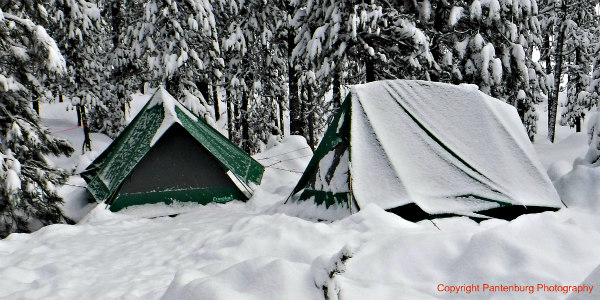
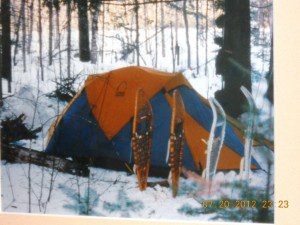

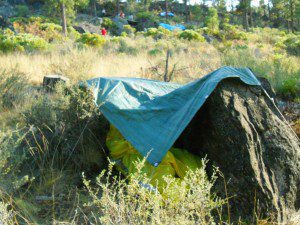
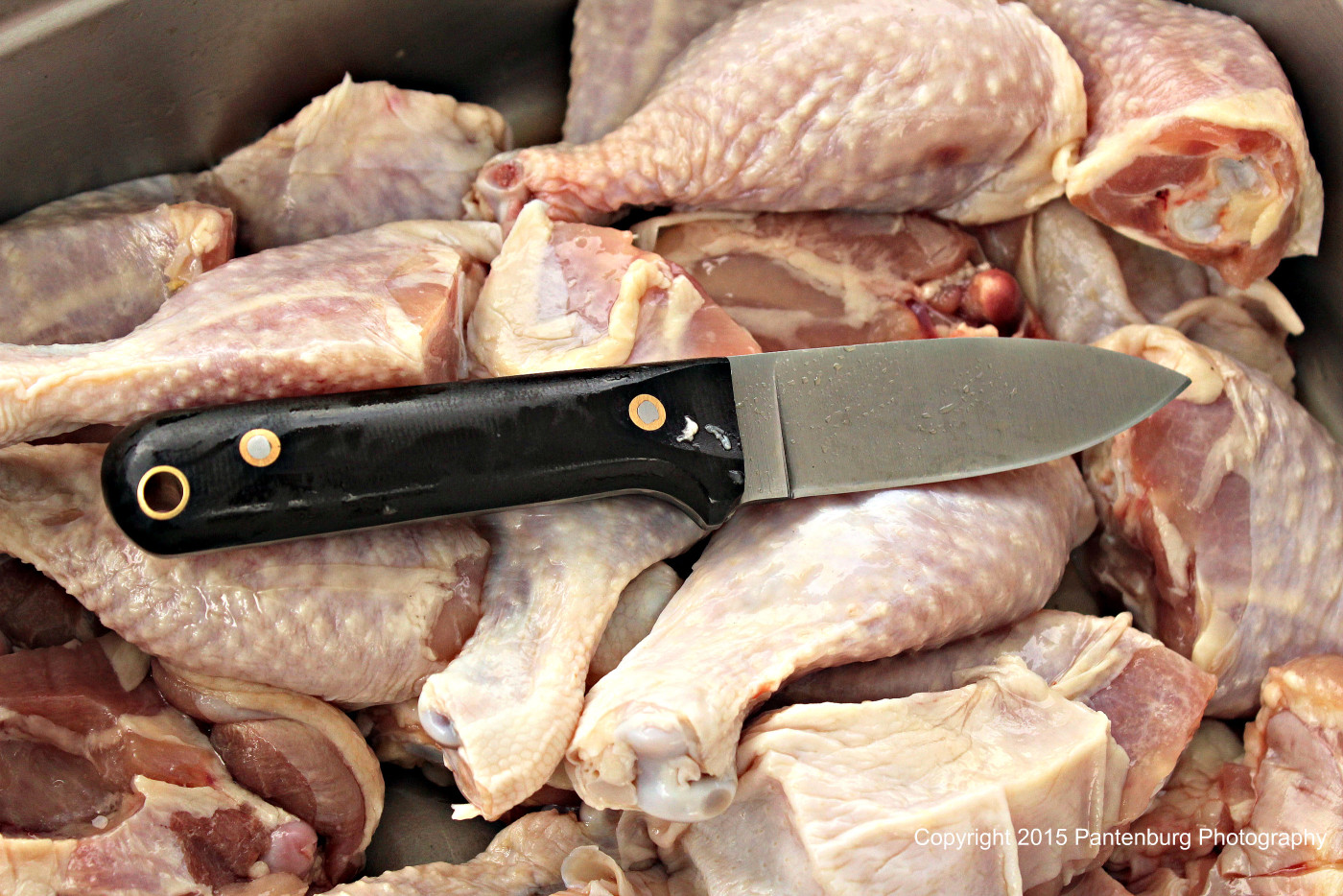

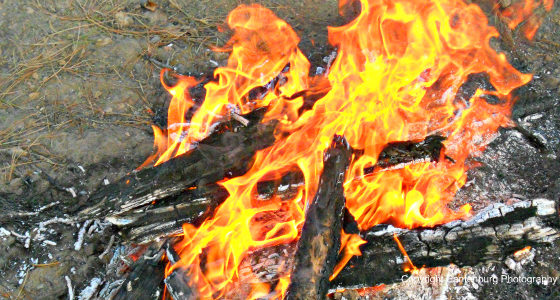
Leave a Reply